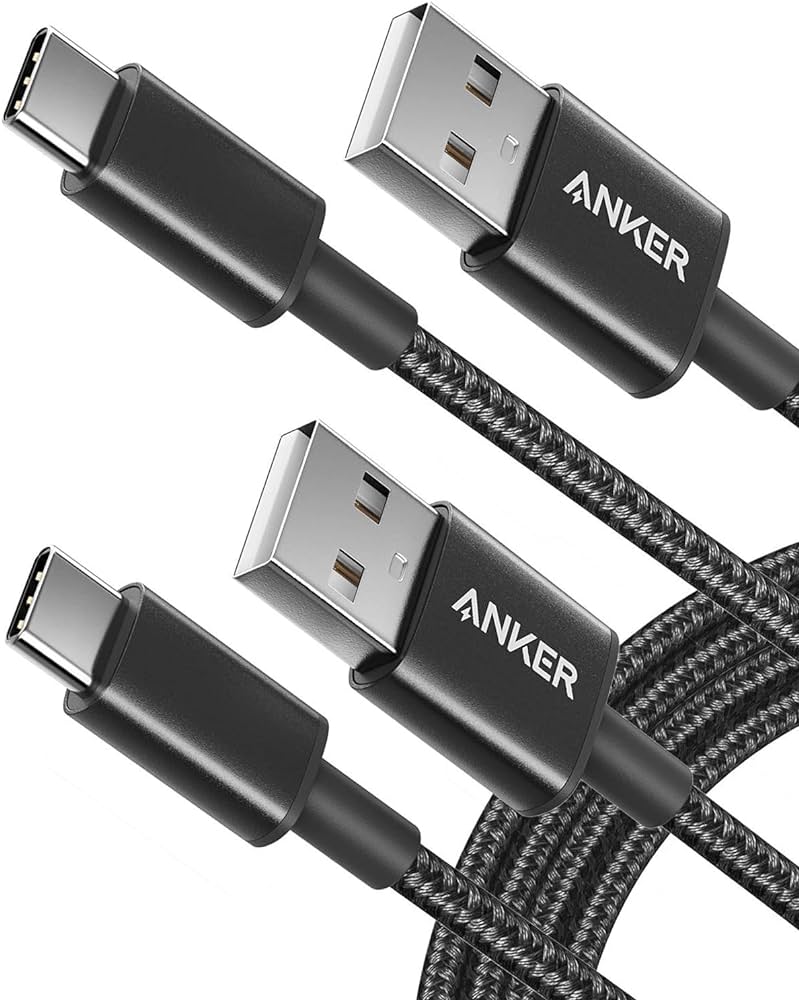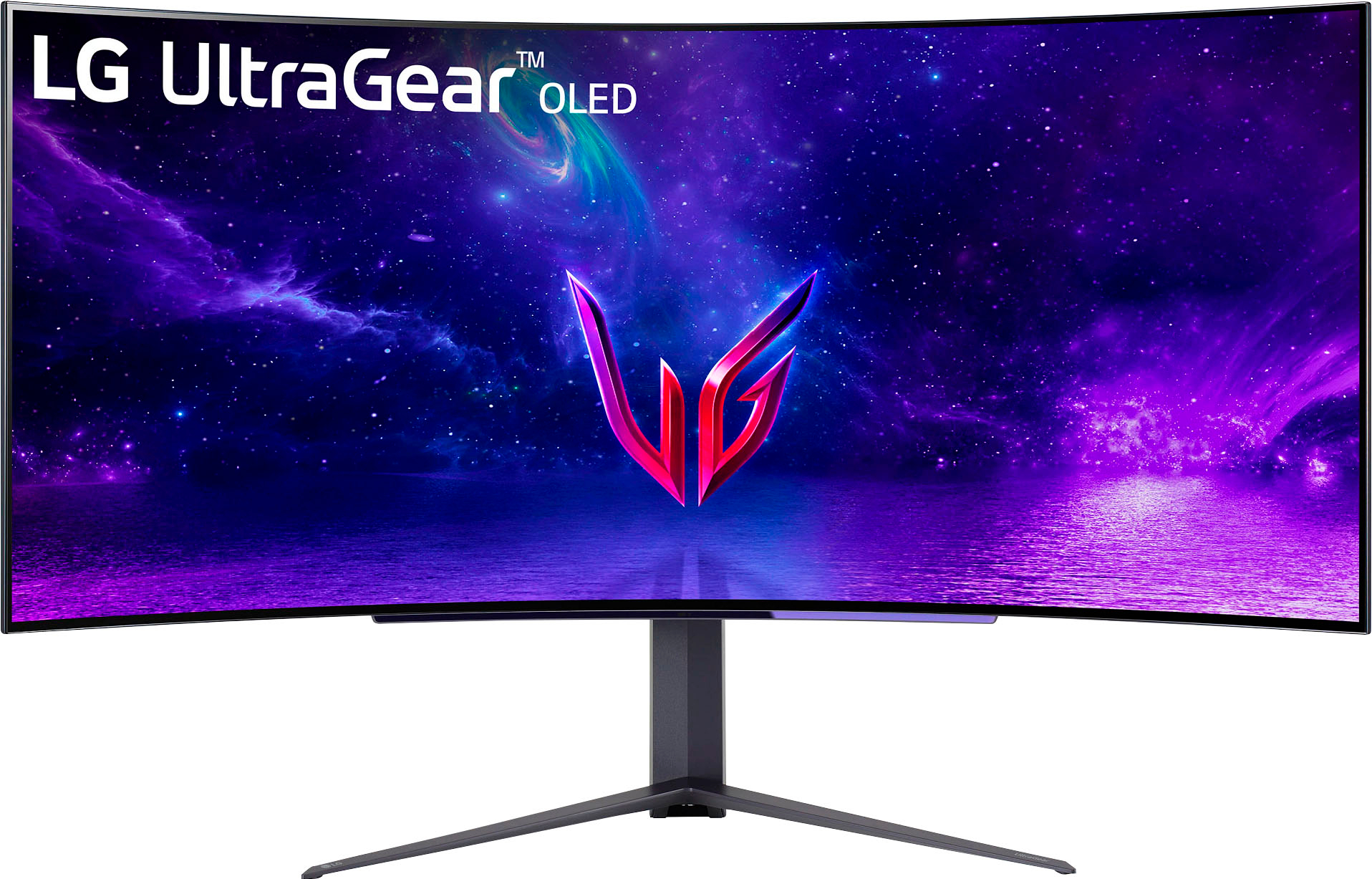The truth about gaming mice with high polling rates!
Gaming mice with 4K polling rates became the norm this year. In fact, we saw hardly any mice with 1,000Hz and 2,000Hz polling rates being released — period.
These new-generation gaming mice weren’t hard to spot thanks to manufacturers using higher polling rates a bit like DPI values have been used in the past — to plaster the fact on marketing materials in an effort to entice players wanting to buy only the fastest mice available.
But the truth is, you really don’t need a mouse with a 4K polling rate, and here’s why…
The truth about mice with 4K polling rates
A mouse’s polling rate is the number of times per second it reports its position to the computer. That being so, a mouse with a 4K polling rate reports to the computer 4,000 times per second, a 2,000Hz mouse reports 2,000 times per second and so on…
A mouse with a 4K polling rate, therefore, should be a lot quicker than one with a 2,000Hz polling rate or 1,000Hz polling rate, and in theory, it is. But that speed advantage doesn’t necessarily equate to better performance in games.
That’s mostly due to the limits of human perception and our reaction speeds — but it can also be because of the type of game you’re playing, or the hardware you’re using.
What polling rate tests show
You just have to look at polling rate performance tests to see why you don’t need a mouse with a 4K polling rate.
In one such test that compared tracking, polling stability, and motion delay latency in a gaming mouse with a 4K polling rate and another with a 2,000Hz polling rate, the 4K mouse tracked 0.1ms quicker with MotionSync off, and on average 0.5ms with MotionSync on. That, mind you, was in the lab.
When the author tested the 4K mouse versus a 1,000Hz mouse in a bunch of games, they failed to notice any difference in latency.
Based on those tests they surmised: “Saturating the full 4,000Hz polling rate takes quite a bit of mouse movement, and thus isn’t typically reached all the time anyway, so most of the time, the benefit in terms of latency compared to 1,000Hz is around 0.5ms, which is well below the sensory capabilities of the average human.”
That doesn’t mean there is absolutely no advantage to having a 4,000Hz polling rate, just that it’s almost imperceptible from that of a 1,000Hz polling rate for many players. What’s more, the latency advantage is so small that it’s not going to have much of an impact on performance.

Razer
What players will notice in a mouse with a 4K polling rate is likely to be more of a subjective experience. For example, they might feel that it has better precision, or slightly smoother tracking. To actually capitalize on the tiny 0.5ms latency advantage you get in a mouse with 4K polling would require a very specific set of conditions.
In a best-case scenario, you’d need to be playing a game where rapid precision firing is the main objective — so a first-person shooter rather than another type of game like an RTS or RPG. Then still, it would have to be one that supports sub-frame rate input, like Overwatch.
You’d also need a very powerful CPU because of the higher CPU cost of using a 4K polling rate. A high refresh rate monitor is also advisable (either one with 240Hz or 340Hz). Even with all these factors ticked off, it’s still doubtful that you could click fast enough to turn 0.5ms latency into more frags.
The takeaway is, when it comes to gaming performance, a 4K polling rate is a lot less important than you might think. In fact, you’re better off focusing your attention on honing your gaming techniques or memorizing maps for any kind of performance boost.
This fact comes with one big benefit, though: You can save yourself a ton of cash and buy a mouse with a 1,000Hz polling rate — it’ll do just fine.




